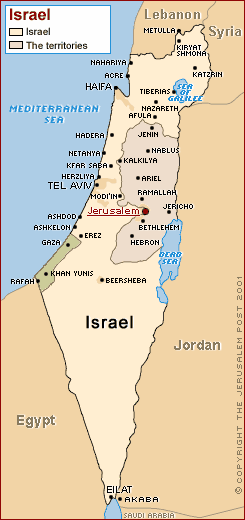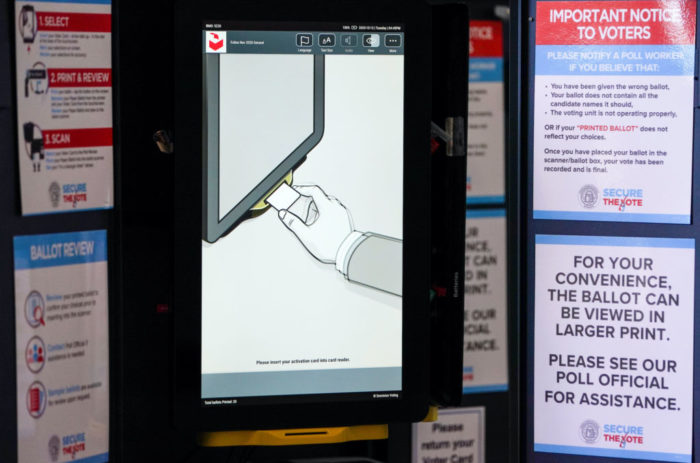redo Jump to...
print Print...
Directions
-Read the excerpt below from Jeffrey Goldberg's post "Fairly Definitive Proof of Media Bias" posted on Jan. 20, 2010 at The Atlantic Monthly's website theatlantic.com.
-Read "Types of Media Bias" in the right column. Then answer the questions.
 Sometimes the bias just smacks you in the face. Take this story from Reuters [headline “World aid agencies appeal to Israel to unlock Gaza”], which concerns efforts by the U.N. and various NGOs [non-governmental organizations] to convince Israel to open its semi-sealed border with Gaza. The story opens with a heartbreaking story:
Sometimes the bias just smacks you in the face. Take this story from Reuters [headline “World aid agencies appeal to Israel to unlock Gaza”], which concerns efforts by the U.N. and various NGOs [non-governmental organizations] to convince Israel to open its semi-sealed border with Gaza. The story opens with a heartbreaking story:
Palestinian high-school student Fida Hejji died of cancer waiting for Israeli permission to go to an Israeli hospital for treatment. Hejji, 18, was promised an entry permit three times. Three days after she died last November, her family got a call to say the hospital had set the date for her admission.
A terrible story, and one reason I support ending Israel’s closure of the border. But wait: In the 11th paragraph of the story — after we are told about Israel’s various deprecations and crimes against Gaza, we read the following:
Hejji had hoped to get life-saving treatment in Israel as other Gazans have done. The Egyptian border is also closed.
Notice the sentence construction. The Egyptian border “is closed.” By whom? Perhaps by… Egypt? As most people know, Egypt shares a border with Gaza, and it too seeks to punish Hamas, which rules Gaza, and protect its own citizens, by keeping its border sealed. I don’t agree with this closure either. But why is Israel’s closure worthy of worldwide condemnation, and why does Egypt’s own closed border barely get mentioned?
A clue can be found in the following background paragraph, deeper in the story:
Israel captured Gaza from Egypt in a 1967 war. The ensuing occupation saw limited Palestinian scope for developing an autonomous health service. Israel left in 2005 but the result was far from the peaceful coexistence it might have hoped for.
Critics accuse Israel of applying collective punishment to Gaza’s 1.5 million people, who are ruled by an elected Islamist government of the Hamas movement. Hamas refuses to recognize Israel and preaches armed struggle until its destruction.
Put aside the tremendous strides made in the development of an autonomous health service in Gaza during the Egyptian occupation from 1948 until 1967. What else is missing from this description? Israel “left” Gaza in 2005. Then what happened? Did Gaza take the billions in aid it received from donor nations and build itself into a new Abu Dhabi? Or did Hamas use the abandoned Jewish settlements of Gaza as launching pads for rocket attacks on civilians inside Israel? Who can know? Certainly not people who read Reuters.
Read the original post at theatlantic.com.
To accurately identify different types of bias, you should be aware of the issues of the day, and the liberal and conservative perspectives on each issue.
Types of Media Bias:Questions
What types of bias is the excerpt below an example of?
Scroll down to the bottom of the page for the answers.
Answers
The excerpt is an example of:
- bias by omission – the reporter does not give any information on whether Egypt denies Palestinians entrance into Egypt for medical treatment; or how Hamas (the terrorist group that runs Gaza) is continuing attacks against Israel and therefore the cause of the border still being closed.
- and bias by spin. This is an article about Palestinians dying due to Israel’s closing of the border. The full blame for Palestinians dying is placed on Israel. Israel is blamed for closing its border which has delayed medical treatment for some Palestinians. It it is only mentioned as an aside that Egypt has also closed its border with Gaza.



